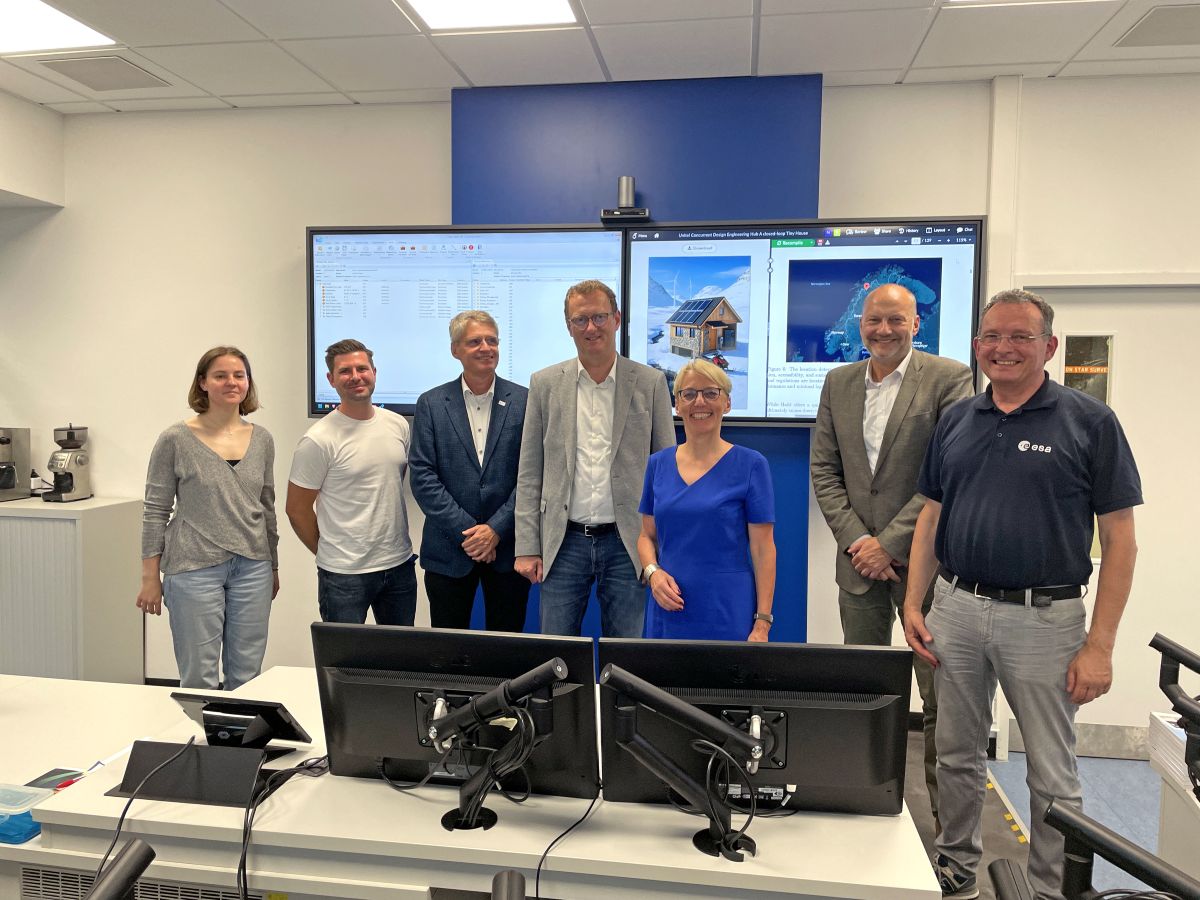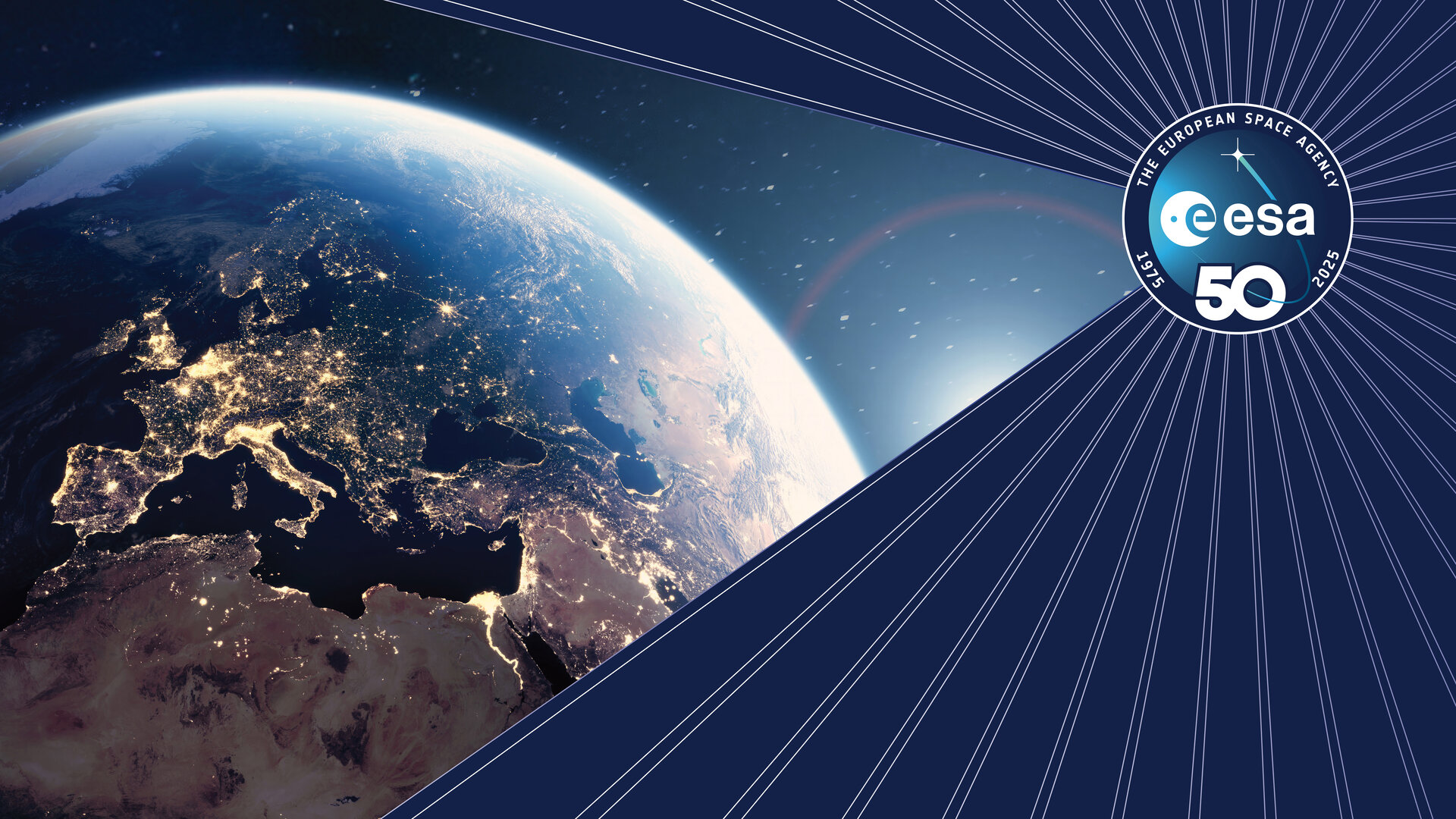Second ESA antenna gets ultra-cool upgrade
Cooling the antenna feed at ESA’s deep-space antenna in Argentina to -263°C will boost science data return by up to 40 %.
Rising demand for space data
ESA’s ground stations are used to send instructions to spacecraft and receive the data they collect.
The demand for communication capacity from ground stations towards spacecraft has never been higher – the Agency is launching new satellites to study our changing climate, protect us from space hazards and help us answer important scientific questions, and is also supporting missions from an increasing number of partner space agencies.
To meet this rising demand, ESA is building a new deep-space antenna in Australia and pushing technological limits to squeeze as much performance out of existing dishes as possible.
Cool upgrades boost performance
This month, ESA’s 35-metre antenna in Malargüe, Argentina, became the second in the Agency’s network to receive an upgrade that cools its antenna feed to -263°C.
Cooling the electronics of the feed – the technology that connects the physical antenna to the electronic transmitter and receiver equipment – minimises the negative impact of ‘thermal noise’.
This allows the ESA antenna to receive weaker signals, improving the rates at which data can be transferred from space and extending its range to support future missions venturing out in the Solar System to the gas giants and beyond, such as ESA’s Juice to Jupiter’s icy moons.
The Malargüe antenna received a similar cryo-cooled ‘X band’ feed upgrade to the one implemented at ESA’s Cebreros station in Spain in May 2021, increasing the data transfer rate received in X-band frequencies by up to 40 %.
A similar cryo-cooled feed for the ‘Ka band’ antenna, is currently undergoing integration and validation tests and will be installed at Cebreros in 2023, and later at Malargüe. This upgrade is expected to boost the data transfer rate in Ka-band frequencies by up to 80 % -- effectively increasing the virtual size of the antenna from 35 to 47 metres without actually touching the dish itself.
European tech transfer – from space to quantum computers
ESA developed the new ultra-low noise semiconductor technology used to cool the antenna feeds together with partners from Chalmers university in Sweden and ETH Zurich in Switzerland.
Over five years of technology development, the researchers effectively maximised the efficiency of the antenna feeds: below -263°C, impurities in the metals used in the electronics begin to limit the benefits of further cooling.
Cooling specialised electronics to improve efficiency is a common challenge in many scientific and engineering fields. The technology developed for deep-space antennas is now being used for a similar purpose in the development of quantum computers – a clear example of how ESA’s technology development can support a much wider scientific community and the competitiveness of European companies in the space sector and beyond.
The cryo-cooled feeds themselves are manufactured by French company Callisto Space. Canadian company Calian conducts the integration at the ESA antennas in Spain, Argentina and Australia.



